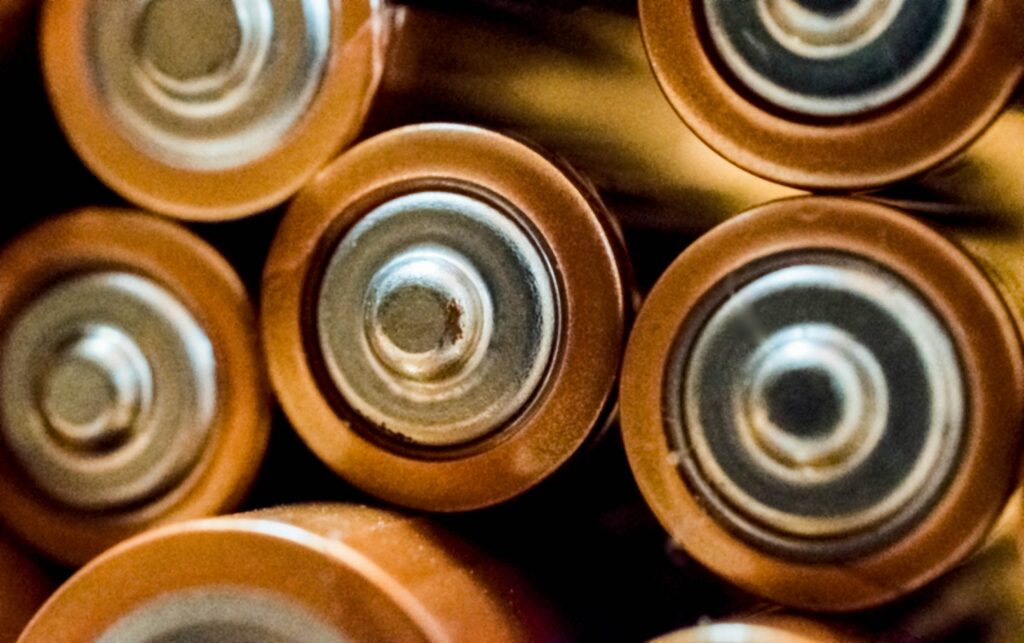Hybrid Light Towers: The Battery
Battery selection – Hybrid Light Towers
Battery selection in hybrid light towers is critical for the performance of the overall system. Lumax Lights uses high performance lithium-ion batteries with an integrated BMS system to protect the lifetime of the batteries. Before the power reaches the BMS, it is regulated.
When you evaluate hybrid light towers, you need to analyze battery capacity, composition and safe charging time. Depending on compositions and the BMS, the charging time greatly differs from battery to battery. In Lumax’s hybrid light towers, the maximum safe charging rate has been identified and the generator built around that charging rate. There is no reason to have a generator larger than the charging rate of the batteries. More importantly, you need to ensure there are protections for your batteries and that they are not charged too fast. Doing so will quickly depreciate your batteries or cause larger problems.
The below information goes into the technical compositions of various battery types as well as typical applications for them.
For more information on all of the components for hybrid light towers.
Batteries for hybrid light towers:
Batteries:
Batteries are energy storage devices that consist of a combination of smaller units called electrochemical cells. These cells are building blocks of batteries and they comprise of different chemistries of electrodes and electrolytes. The energy is produced by a chemical reaction in which electrons flow within a complete circuit to produce electrical current. Batteries are widely used to power electronics and devices.

Batteries are broadly categorized as:
- Primary batteries: These are non-rechargeable batteries (they cannot be recharged once completely used up). Primary batteries find applications in clocks, torches, watches, remote controllers, etc. Examples of primary batteries include alkaline (Zn/MnO2), mercury (Zn/HgO), magnesium (Mg/MnO2), silver/zinc (Zn/Ag2O), etc.
- Secondary batteries: These are rechargeable batteries. These batteries find application in EVs, RC toys, cameras, mobile phones, laptops, hybrid light towers etc. Examples of secondary batteries include Lead-acid batteries, Li-Ion batteries, NiMH batteries, Nickel-Cadmium batteries, etc.
Types of batteries:
1) Lead-acid batteries: These are secondary batteries, widely used in UPS and secondary energy storage applications. They have a negative terminal (anode) made of lead (Pb), a positive terminal (cathode) made of lead oxide, and concentrated sulphuric acid (H2SO4) as electrolyte.
Following chemical reactions take place during discharging and recharging:
During discharging:
Negative:
Pb(s) + HSO4– + H2O(l) –> 2e– + PbSO4(s) + H3O+(aq) (oxidation )
Positive:
PbO2(s) + HSO4–(aq) + 3H3O+(aq) + 2e– –> PbSO4(s) + 5H2O(l) (reduction)
During recharging:
Negative:
2e– + PbSO4(s) + H3O+(aq) –> Pb(s) + HSO4– + H2O(l) (reduction)
Positive:
PbSO4(s) + 5H2O(l) –> PbO2(s) + HSO4–(aq) + 3H3O+(aq) + 2e– (oxidation)
2) Lithium-Ion batteries: These are rechargeable batteries having wide applications in portable electronic products like mobile phones, laptops, hybrid light towers etc. They have an advantage over Lead-acid batteries as they have a higher energy density. Also, Li-ion batteries can deliver high amounts of current making them suitable for high-power applications. The cathode is generally made of Li transition metal oxide (e.g. LiMn2O4, LiCoO2, LiFePO4) while the anode is made of carbon. These batteries typically use ether, which is a class of organic compounds, as an electrolyte. The lithium ions flow from the anode and pass via the electrolyte to reach the cathode, wherein they recombine with their electrons and become neutral. Apart from small electronic products, these batteries are also used in electric vehicles like cars, tractors, scooters, bikes, cycles, etc.
3) Nickel-metal hydride (NiMH): They are rechargeable batteries, having higher energy density as well as longer life as compared to lead-acid batteries. They are lower in cost when compared with Li-ion batteries. They find applications in HEVs (Hybrid electric vehicles) and small portable electronic products. These batteries can handle high discharge rates, hence are suitable for high-power demanding applications.
4) Nickel Cadmium batteries: They are rechargeable batteries. These batteries have higher energy density as compared to Lead-acid batteries. They have nickel oxide hydroxide cathode and metallic cadmium anode. The electrolyte used between the two electrodes is an aqueous alkali solution. They are used in toys, calculators, small DC motors, etc.